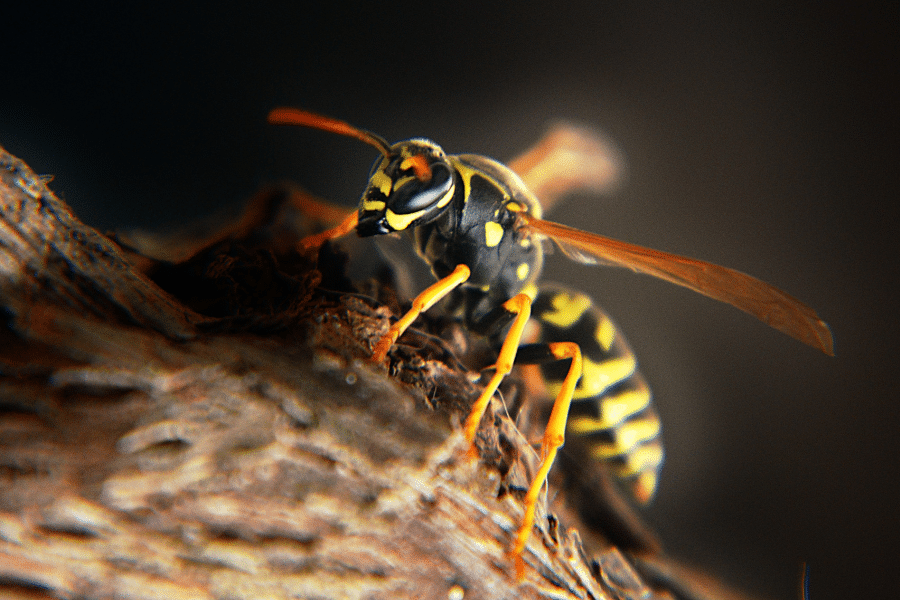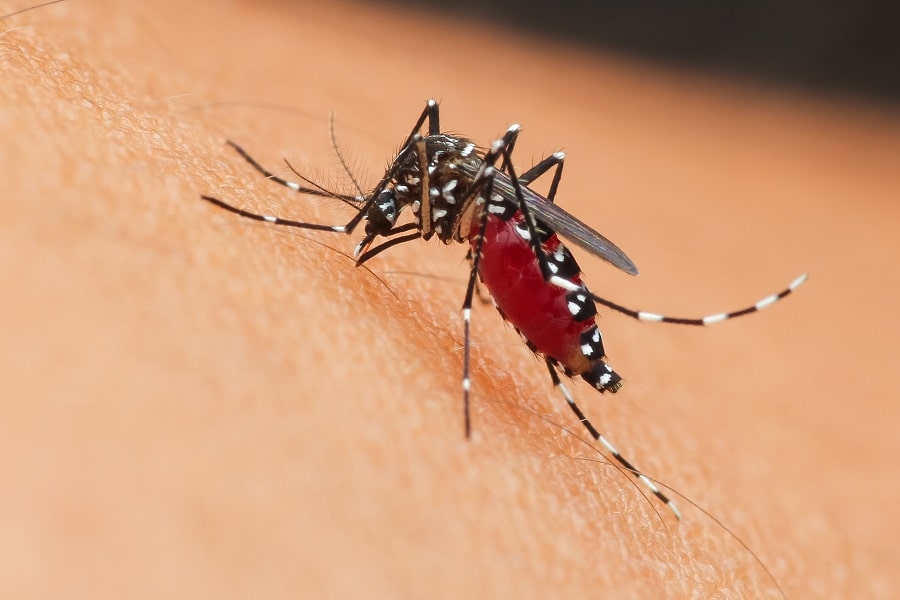Ticks can be more than just an irritating nuisance for your beloved canine friend. These blood-sucking arthropods can potentially transmit diseases leading to serious health complications. Ensuring your dog’s protection against these tiny pests requires knowledge, dedication, and an effective prevention strategy. In this blog post, you’ll learn about the importance of safeguarding your canine companion from tick infestations, as well as the best ways to achieve this. Get ready to arm yourself with useful tips and practices for a tick-free, healthier life for your dog.
Contents
The Importance Of Protecting Your Dog From Ticks

Ticks are not just creepy crawlers. They are carriers of various serious diseases that can negatively affect your dog’s health. An infestation can lead to debilitating conditions like Lyme disease, a bacterial infection that can cause lameness, joint swelling, fever, and in severe cases, kidney failure. Other diseases, such as anaplasmosis and ehrlichiosis, can lead to a myriad of symptoms ranging from lethargy and loss of appetite to more severe manifestations like hemorrhages and neurological signs. Therefore, protection against ticks is not a luxury; it’s a necessity.
Moreover, ticks don’t discriminate when it comes to their hosts. Whether your dog is an adventurous outdoor lover or a cozy homebody, there’s always a risk of a tick encounter. Ticks can hitch a ride indoors on people’s clothing or other animals, and once inside, they can easily find their way to your unsuspecting pet. Thus, every dog owner needs to be equipped with the right knowledge and resources to protect their furry friend from these dangerous parasites.
Tips For Protecting Your Dog From Ticks
Keep Your Dog Groomed

Regular grooming plays a crucial role in keeping ticks at bay. It’s a hands-on task that gives an opportunity to examine the pet’s skin and fur closely. Brushing the coat regularly can not only help in detecting any hidden ticks but also disrupt the lifecycle of these pests by dislodging any that are already attached. Also, the process of grooming strengthens the bond between a pet and its owner, ensuring the pet is more comfortable during tick checks and removal.
Furthermore, grooming is not just about brushing the fur. It’s also about maintaining a clean and healthy coat. Baths using tick repellent shampoos can kill ticks on contact. Regular baths with these specially formulated shampoos can prove effective in reducing tick infestations. However, note that this should not replace long-term tick prevention strategies, but rather act as an additional layer of protection.
Use Tick Prevention Products
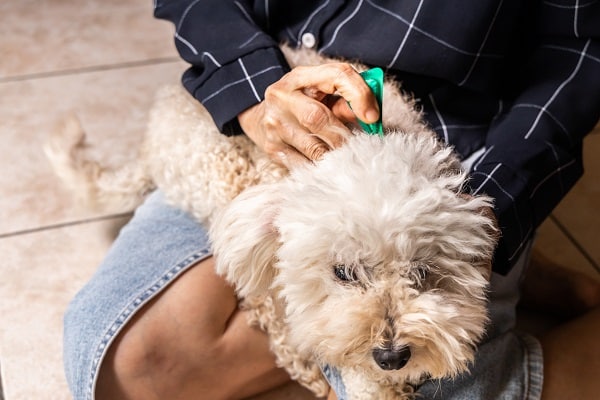
There is an array of tick prevention products available in the market, ranging from spot-on treatments, oral medications to tick collars. Spot-on treatments are applied directly onto the skin, usually at the back of the neck, and offer protection for up to a month. They not only kill ticks on contact but also repel new ones. Oral medications, on the other hand, are ingested by the dog and work by disrupting the tick’s lifecycle, causing them to die before they can cause any harm.
Tick collars are another option that work by releasing active ingredients that kill and repel ticks. They offer an advantage in terms of duration, often providing protection for several months. However, it’s crucial to remember that each dog is unique. What works best for one might not necessarily be the best for another. Therefore, consulting with a veterinarian before choosing any tick prevention product is highly recommended.
Search For Ticks Regularly
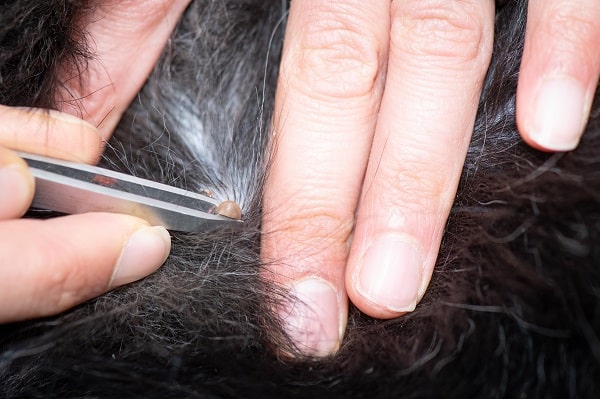
Being proactive is key when dealing with ticks. Regularly checking the dog for ticks, especially after spending time outdoors, is a practice every dog owner should adopt. Ticks tend to hide in warm and well-protected areas. So, don’t forget to check behind the ears, under the collar, between the toes, and under the tail.
While checking for ticks, look for small bumps on the skin surface. Remember, a tick can be as small as a pinhead. So, careful observation is a must. Should a tick be found, it is essential to remove it promptly and correctly to reduce the chances of disease transmission. This underscores the need for every pet owner to know how to remove ticks properly – a topic that will be discussed in the following sections.
Know How To Remove Ticks Properly
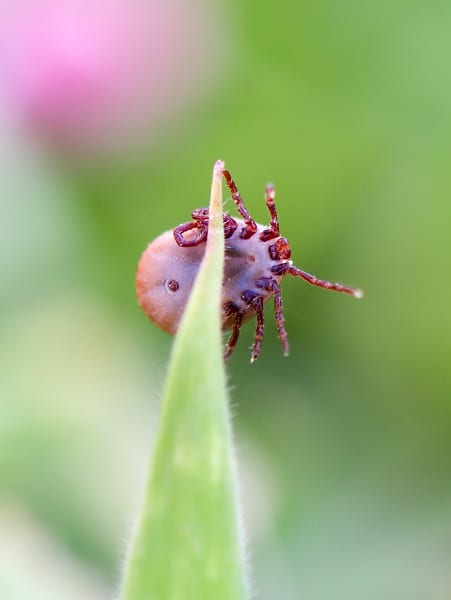
Understanding the correct method of tick removal is essential to prevent the transmission of tick-borne diseases. When a tick is discovered, it must be removed as promptly as possible. However, improper removal techniques such as crushing, burning, or twisting the tick can lead to the tick regurgitating its stomach contents into the dog’s bloodstream, increasing the risk of disease transmission.
Use fine-tipped tweezers or a special tick removal tool to grasp the tick as close to the skin surface as possible. Pull the tick straight upward with steady, even pressure, taking care not to squeeze or twist it. Once removed, clean the bite area with antiseptic. Do not dispose of the tick immediately; instead, place it in a sealed bag or container in case it needs to be tested for diseases. Remember, if there’s any doubt about the removal process, consulting a veterinarian is the best course of action.
Consider The Lyme Disease Vaccine

The Lyme disease vaccine is another tool in the fight against tick-borne diseases. It stimulates the dog’s immune system to respond more effectively to the bacteria that cause Lyme disease, offering an additional layer of protection. This is especially significant for dogs living in or travelling to areas known for Lyme disease prevalence.
However, it’s important to note that the Lyme disease vaccine doesn’t prevent ticks from attaching or other tick-borne diseases. Hence, it should not replace other preventive measures but instead be a part of a comprehensive tick prevention program. The suitability of the Lyme disease vaccine is dependent on various factors such as the dog’s overall health, lifestyle, and geographic location. A discussion with a trusted veterinarian can provide the needed guidance on this matter.
Tick-Proof Your Yard

A tick-free yard can significantly reduce the chances of tick infestation. Simple steps such as keeping the grass short, removing leaf litter and brush, and regularly cleaning outdoor pet areas can make the yard less attractive to ticks. Additionally, creating a barrier of gravel or wood chips between wooded areas and the lawn can prevent tick migration into the yard.
In cases of serious infestation, professional pest control services might be required. They can assess the severity of the situation and recommend an appropriate treatment strategy. However, even with a tick-proof yard, remember that dogs can still pick up ticks from other environments. So, all the other preventive measures discussed should still be employed.
Protect Your Dog From Ticks Today!
Preventing tick infestations requires a multifaceted approach, combining grooming practices, preventive products, regular tick checks, and a tick-resistant environment. Knowledge about proper tick removal and consideration of the Lyme disease vaccine can also contribute significantly to the dog’s safety. It’s never too early or too late to start these preventive measures. By acting today, you can ensure a tick-free and healthier future for your beloved canine companion. Don’t delay—start implementing these tips right away!
